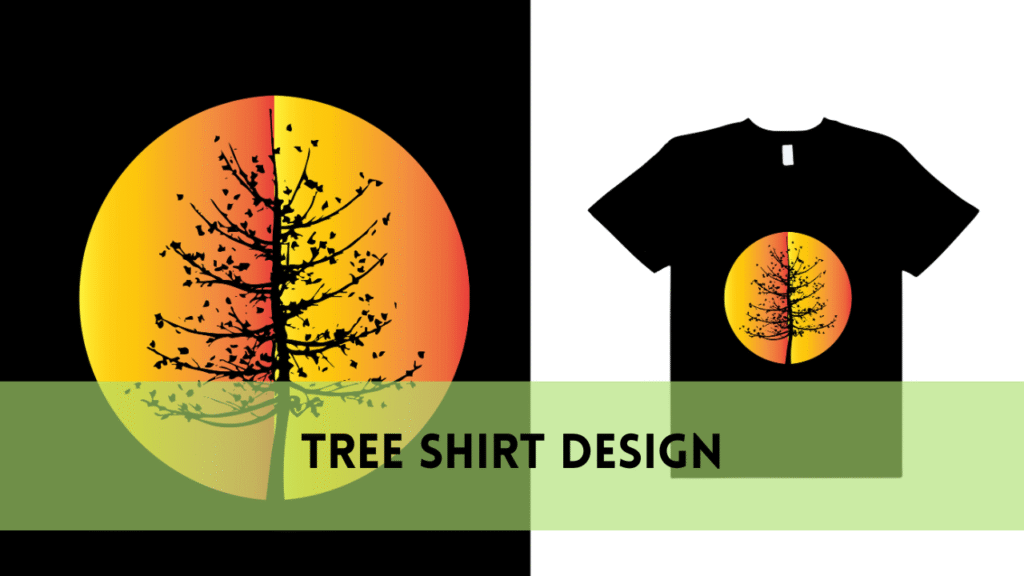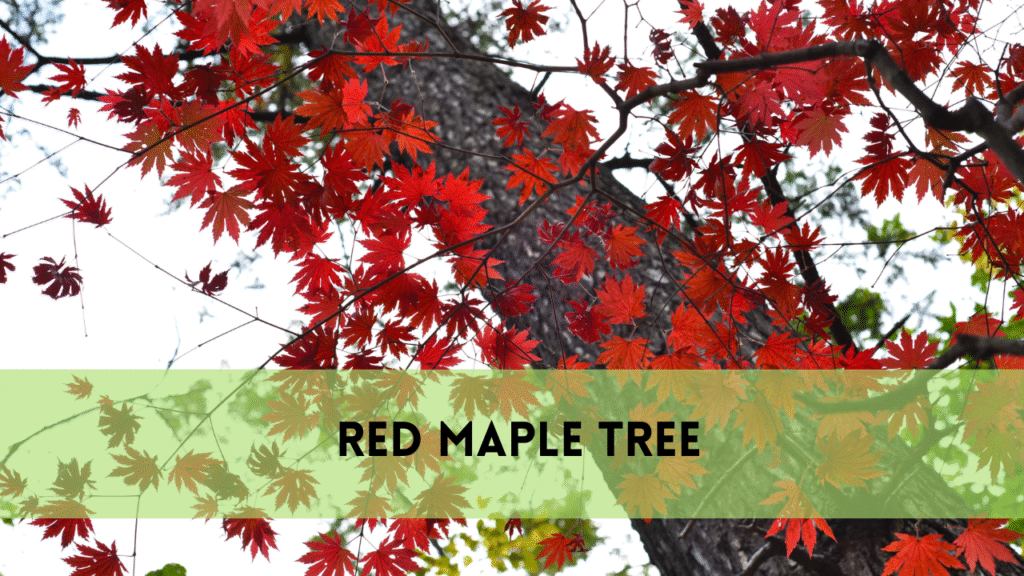How to trim a bonsai tree?
Welcome to ArbortrueCA, where the art of bonsai is celebrated. In this beautiful voyage, we welcome you to learn about the intricacies of bonsai tree trimming, a timeless horticultural art that mixes tradition and modern knowledge. ArbortrueCA is your trusted guide, providing insights, techniques, and expert guidance to help you master the delicate art of shaping and nurturing bonsai trees. Whether you’re a seasoned fan or a beginner, this comprehensive guide strives to improve your comprehension, allowing you to create small masterpieces with your own distinctive touch. Join us as we explore the fascinating world of bonsai tree pruning, where artistry and nature merge beautifully.
Bonsai Basics: Understanding the Art
ArbortrueCA will guide you on an aesthetic trip as we learn the principles of bonsai creativity. “Bonsai Basics: Understanding the Art” guides you to discovering the eternal principles that define this intricate horticultural art. Discover the precise mix of natural and human interaction that creates these little miracles. ArbortrueCA gives a thorough guide to mastering the fundamentals of bonsai cultivation, from the importance of tree species to the creative pruning techniques that add character. Whether you like the tranquilly of traditional Japanese aesthetics or the current manifestations of bonsai art, this section will help you comprehend the underlying principles that have made bonsai an enduring symbol of human-nature harmony.
Essential Tools for Bonsai Tree Trimming
- Pruning Shears
- Bonsai Wire Cutters
- Concave Cutter
- Branch Cutter
- Knob Cutter
- Root Hook
- Bamboo Brush
- Bonsai Tweezers
- Bonsai Rake
- Watering Can
- Bonsai Soil Scoop
- Turntable
- Spray Bottle
- Bonsai Training Pots
- Bonsai Soil Mix
How to trim a bonsai tree?
Trimming a bonsai tree is an art form that needs patience, precision, and a thorough grasp of the tree’s growth cycles. Follow these steps to have a successful bonsai trimming session:

Evaluate the tree. Begin by carefully inspecting your bonsai. Identify any areas that require maintenance, such as overgrown branches or uneven foliage.
Determine the intended shape and size of your bonsai. Having a defined aim in mind will help you make cutting selections.
Remove any dead, diseased, or undesirable branches. Use sharp pruning shears to achieve clean cuts with no jagged edges.
To achieve a harmonious appearance, trim branches uniformly on all sides. This encourages balanced growth and an attractive silhouette.
Trim the tips of branches to decrease overall size and encourage lateral growth, which promotes a dense canopy.
Wiring can sometimes assist from branches. Be gentle to avoid harming the tree, and remove the wire after a few months to prevent it from cutting into the bark.
Take regular breaks to assess your progress. This enables you to make more informed judgments about future cutting and shaping.
Keep an eye on the health of the tree after trimming. Adequate watering and care are required to help the bonsai recuperate and grow.
Remember that every bonsai is unique, therefore there is no one-size-fits-all strategy. Adapt your trimming procedures to your tree’s demands and traits.
Choosing the Right Bonsai Species for Trimming
Selecting the proper bonsai species for trimming is an important decision that affects the overall appearance and upkeep of your small tree. Each species has distinct traits, growth patterns, and maintenance requirements, necessitating deliberate selection.
When selecting a bonsai species, take into account climate, sunshine availability, and personal tastes. Some newcomers succeed with hardy species such as Ficus or Juniper, which are well-known for their adaptability. More experienced gardeners may investigate the exquisite beauty of flowering species such as Cherry Blossom or Azalea.
Understanding the unique requirements of your chosen species is critical to successful pruning and long-term health. Whether you choose a classic Juniper or an exquisite Cherry Blossom, the proper species sets the setting for a flourishing bonsai masterpiece.
Related Posts:
- When To Trim The Privet Hedge
- When Do Apple Trees Bloom
Seasonal Considerations for Bonsai Tree Trimming
Adapting bonsai tree trimming to the seasons is critical to the tree’s health and vitality. Trimming and shaping are effective ways to promote new growth in spring. Summer requires maintenance to ensure that branches receive enough sunlight. Address any structural changes and remove sluggish growth in the fall. Winter pruning is limited, with a focus on dead or broken branches. By matching your pruning techniques to the seasons, you help the bonsai’s natural cycles, boosting resilience and lifespan.
FAQS
How often should I prune my bonsai tree?
The frequency varies by species. In general, prune deciduous trees in the spring and evergreens in late winter.
Can conventional pruning shears be used to trim bonsai?
For precise cuts without stressing the tree, use specialized bonsai shears.
Is wiring required for all bonsai trees?
Wiring is optional but helpful for shaping. Consult ArbortrueCA’s instructions to see if it’s appropriate for your bonsai species.
Can a newbie properly prune a bonsai tree?
Definitely! ArbortrueCA recommends that novices begin with fundamental methods and work their way up to more advanced techniques.
What is the importance of cutting bonsai roots?
Root trimming encourages a healthy root structure, ensuring proper nutrition absorption. ArbortrueCA provides guidance.
Conclusion
In conclusion, learning the skill of bonsai tree pruning is a journey that combines horticulture and artistic expression. Understanding the complexities of this ancient art allows you to go on a rewarding journey that demands patience, devotion, and a great eye for detail. Remember that each snip and trim is a step towards creating a small masterpiece. As you explore the world of bonsai, let nature guide your hand and the seasons determine your actions. With the correct knowledge and dedication, you can turn a simple tree into a living work of art, capturing the essence of balance and harmony in each expertly sculpted branch.




